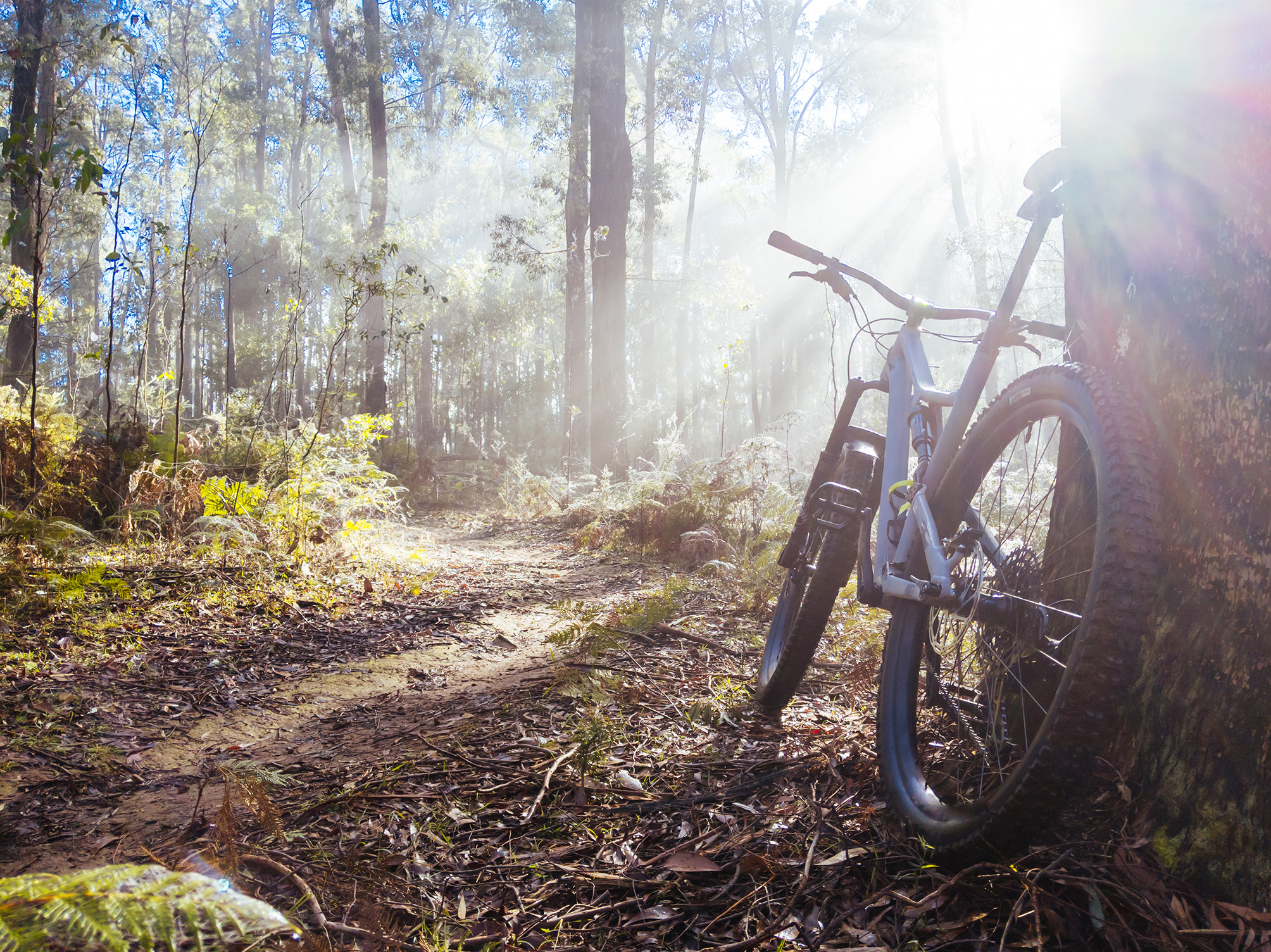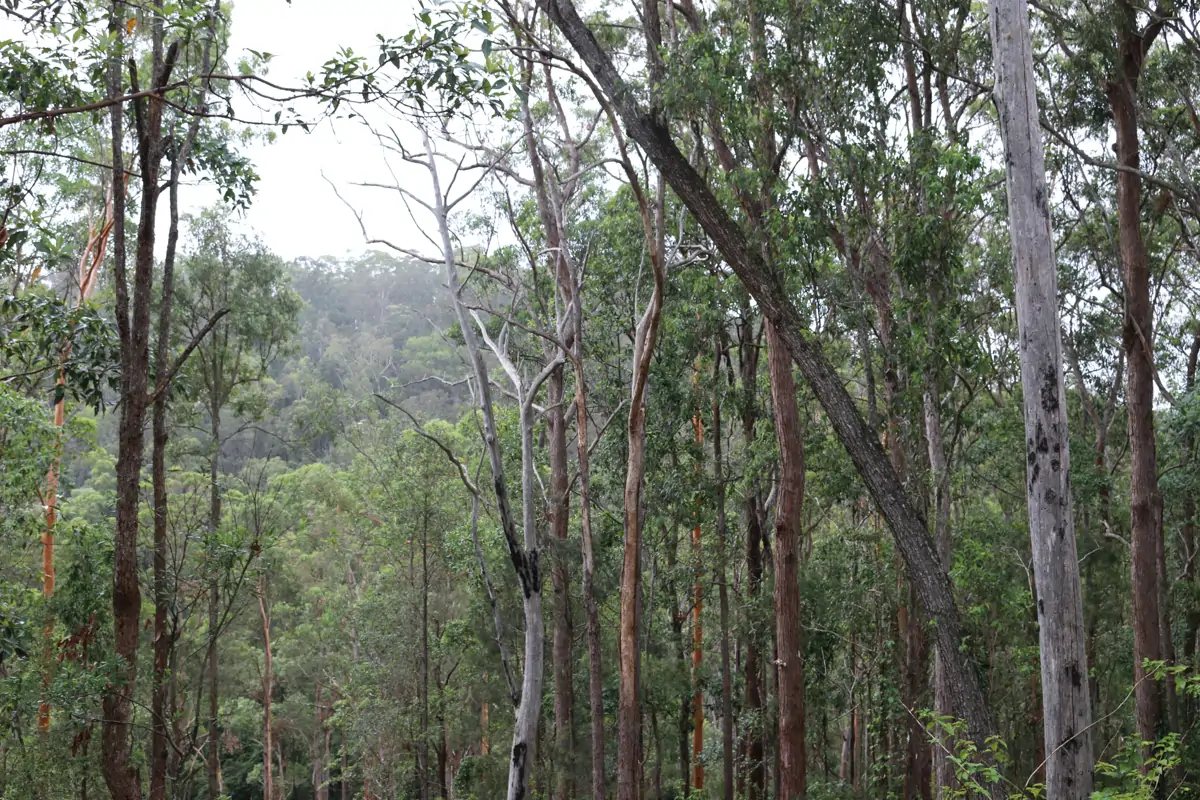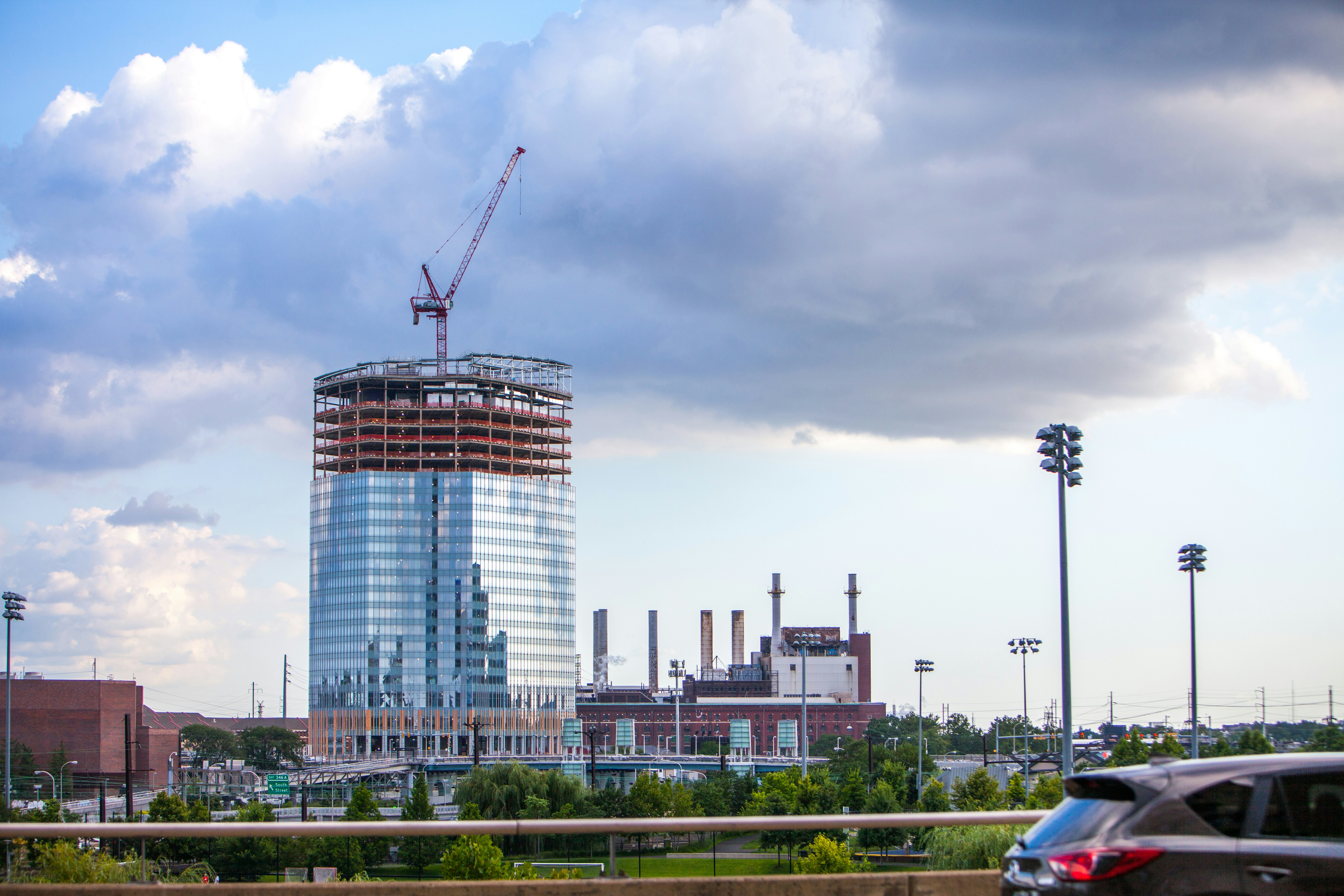NSW native forests provide a wealth of benefits to local communities. From providing spaces for people to enjoy, to supporting entire food production industries as well as the supply of a sustainable and multipurpose resource – timber. In this blog we showcase some of the best forest experiences and uses of local timber on the Mid North Coast.
Forest Experiences – Walk, Ride & Play
There are many ways our local forests can be enjoyed, from an amazing array of bush walks and bike tracks to more adventurous activities such as Treetops Adventure Coffs Harbour.
- Forest Walks
NSW is home to many national parks and state forests. Along the Coffs Coast, where Sustainable Forest Management is based, there are beautiful bush walks on the doorstep. A couple of favourites include Bongil Bongil National Park and the Orara State Forest. For top bush walks on the Coffs Coast check out local Coffs Coast author Yvonne Everitts top trails.
- Mountain Biking Forest Trails
There are 20 state forests across NSW, offering a range of mountain bike trails, and many mountain bike clubs you can join to explore the beauty of the forest on two wheels. Locally, Wedding Bells State Forest, The Sawmill MTB Park and Mount Coramba Downhill offer some amazing tracks, with the latter one of Australia’s most renowned trails, known for its abundance of jumps, drops and challenging natural obstacles. Read more about Mountain Biking the Coffs Coast here.
- Treetops Adventure
Billed as paradise for nature enthusiasts, Treetops Adventure Coffs Harbour in Orara East State Forest offers a new perspective on forests, with 110 challenges and 20 ziplines to be experienced.
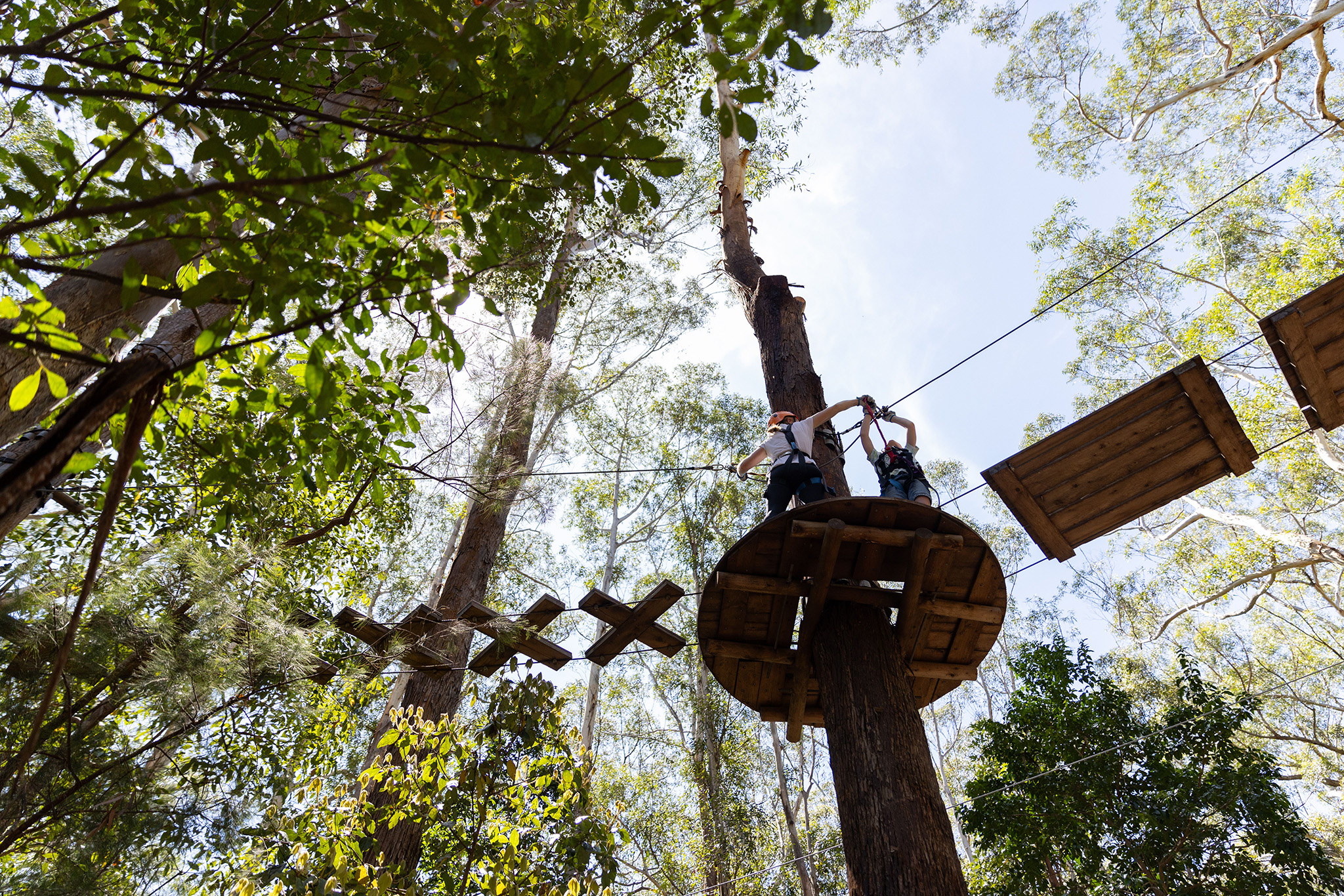
NSW native forest supporting the beekeeping industry
There are approximately 10,000 registered beekeepers in Australia, who collectively manage approximately 572,000 bee hives. The majority of these are small scale beekeepers with less than 50 hives. There are however commercial businesses who manage 300-1000+ bee hives. Most honey in Australia is produced from the nectar of Eucalyptus trees. Our native forests are therefore incredibly important to the creation of our world renown eucalyptus honey, known for its impressive quantities of vitamin C and Vitamin 9, better known as folic acid (Amazing Bees).
Eucalyptus tree species flower at different times and for short durations, bee hives are therefore often relocated to a suitable location many times throughout the year. If you are a landowner with gum trees on your property, we encourage you to consider offering your land for temporary accommodation of beehives and quite often in return you’ll receive some amazing Australian honey.
You can read more about how forests support honey production in the Rural Industries Research Publication on Forestry Plantations & Honeybees
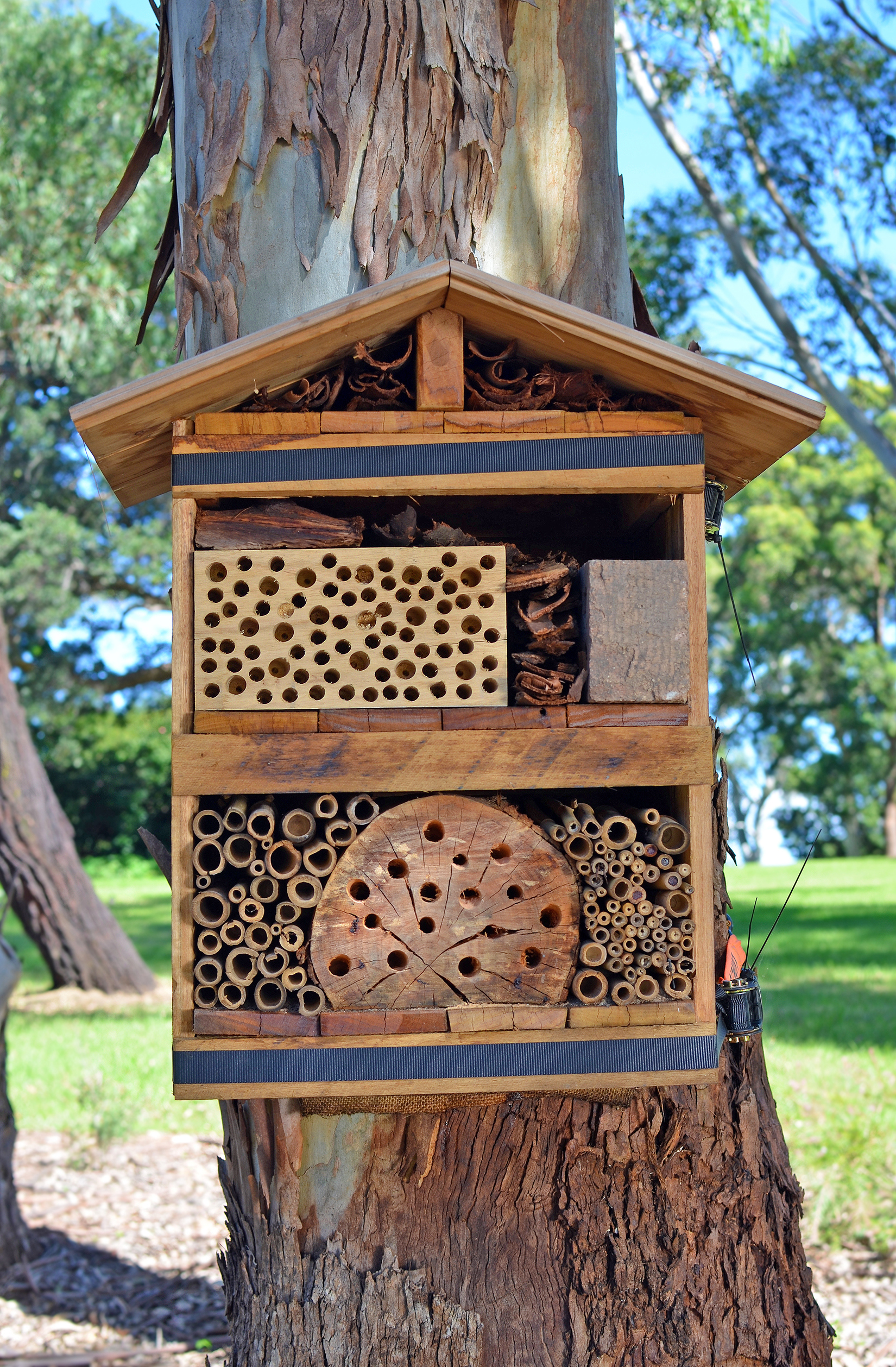
NSW native forest timber uses
NSW native forests provide a wealth of benefits to our everyday living. Many of us will be living in homes built from native hardwood, others will have timber products throughout their home – in furnishings, toys, outdoor furniture and decking for example.
A great early example of timber craftsmanship from the late 1800’s, is the Coffs Harbour Jetty still standing today. Constructed from local Turpentine and Blackbutt, the jetty took 3 years to build and is one of the largest remaining timber jetties in NSW (Coffs Coast Heritage). Originally built to support the transport of timber, the jetty is now a beautiful spot for a walk, offering spectacular views and for the more adventurous to partake in the famous Coffs Jetty jump.
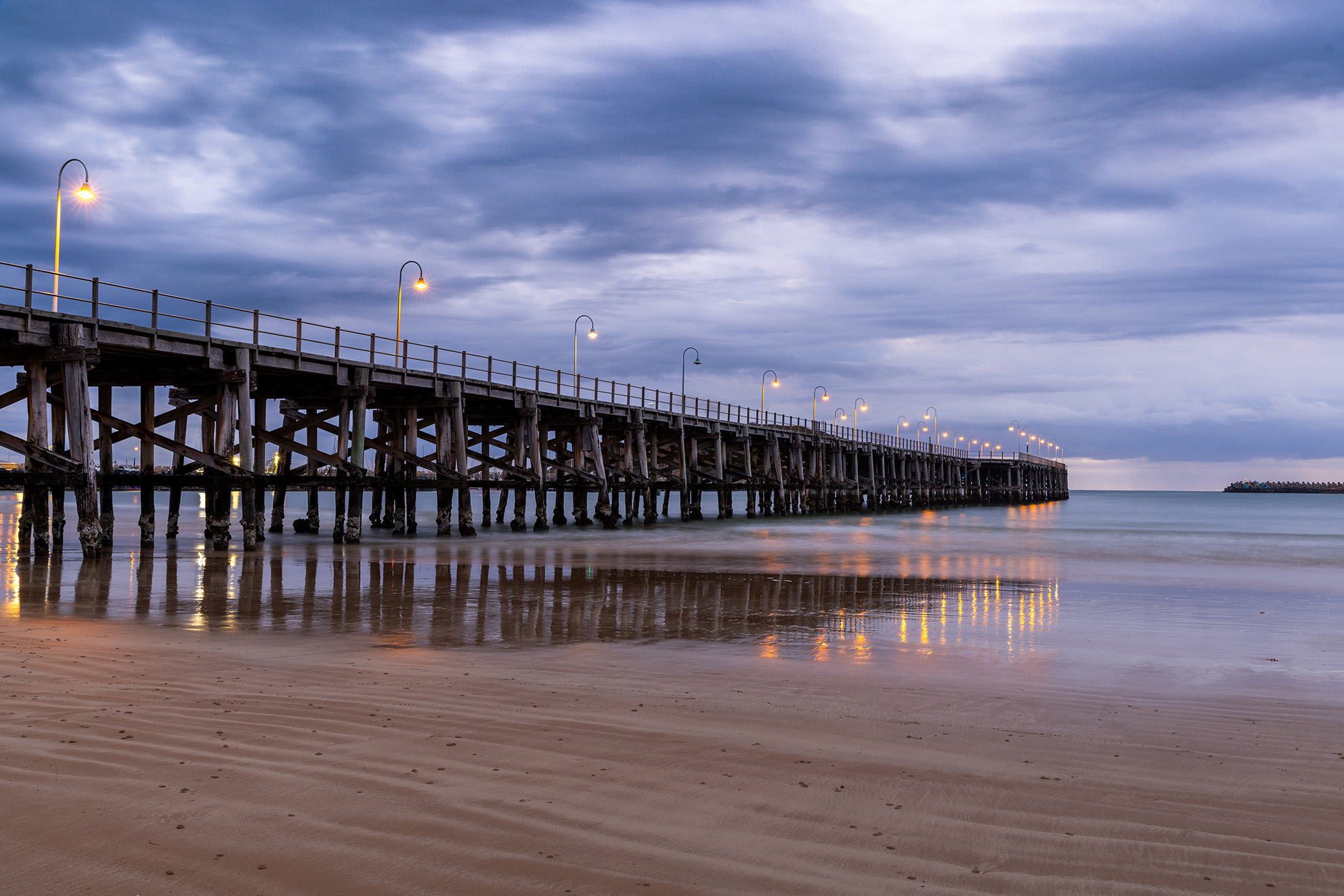
Almost all NSW timber comes from hardwood species which grow in tall native forests along the coast and tablelands. The most common species being Coastal Blackbutt, Spotted Gum, Tallowwood, and Ironbark. These hardwood timbers are mostly used for railway, mining,flooring, decking, power poles, wharves , fencing and landscape .
There are many skilled craftsmen creating sustainable products from NSW native timber, including local mens shed groups throughout the region.
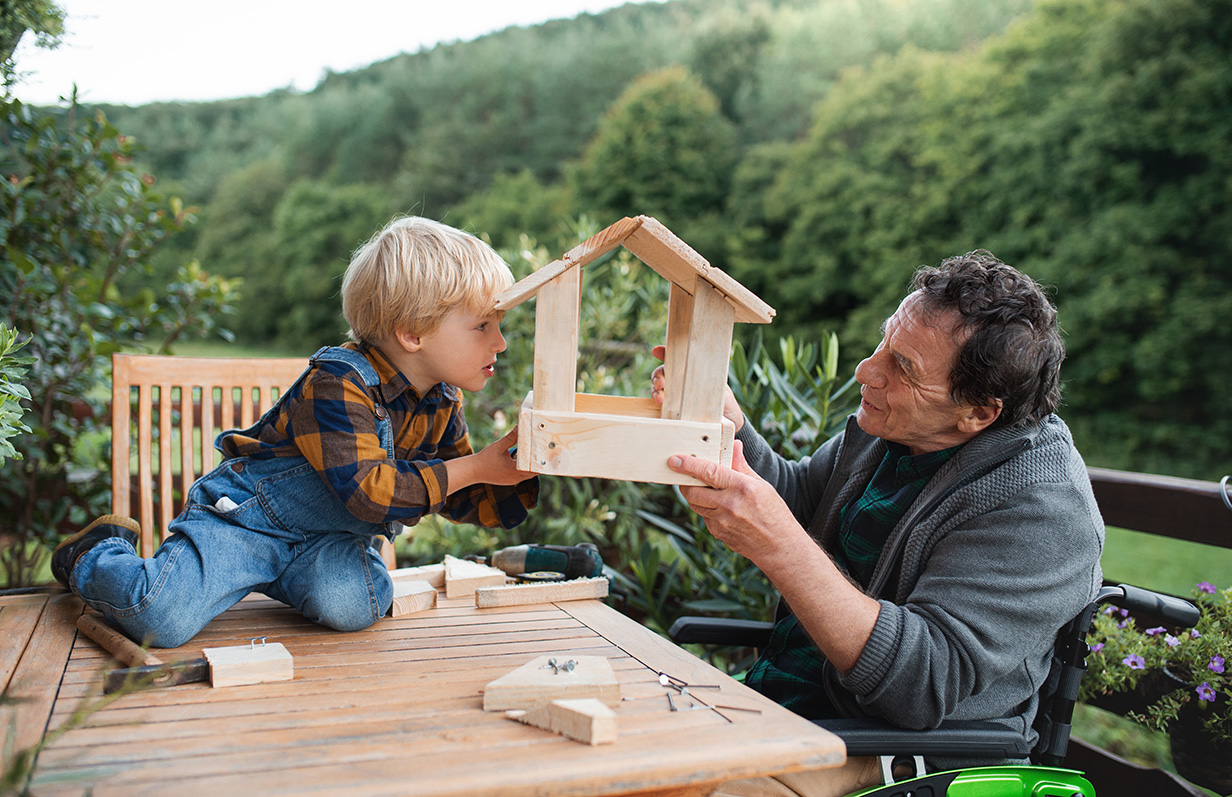
Shed members craft a broad range of hand-made timber products including toys, jewellery boxes, trains, puzzles, turned wooden bowls, doll’s houses, rocking horses and lots more. Bespoke custom orders are also available for items such as mailboxes, commemorative plaques, public speaking lecterns, tables, cabinets, storage boxes, in fact ‘just about anything’ made from timber (Mens Shed). If you are looking for a gift crafted from locally sourced wood, we recommend making contact with your local mens shed to find that one-of-a-kind product. You can search for your local Men’s Shed here.
If you would like to better understand the potential of your private native forest or plantation we encourage you to get in touch with us today for a free no-obligation assessment.
Please Contact Us or call 1300 367 378 today.
